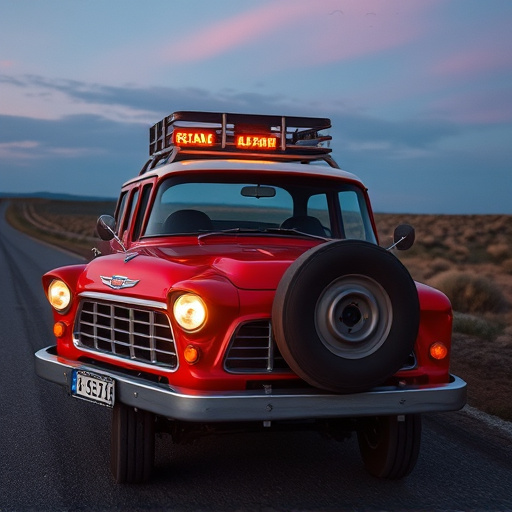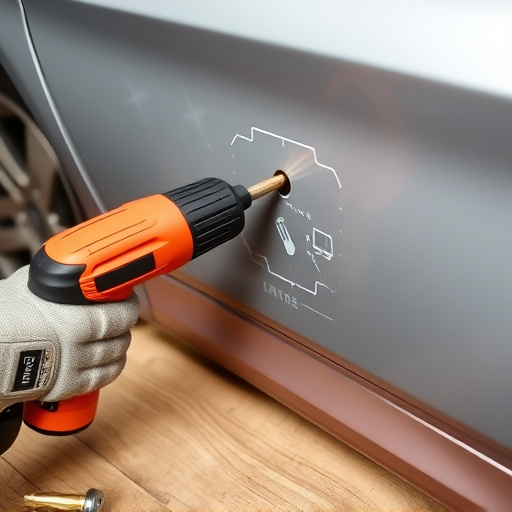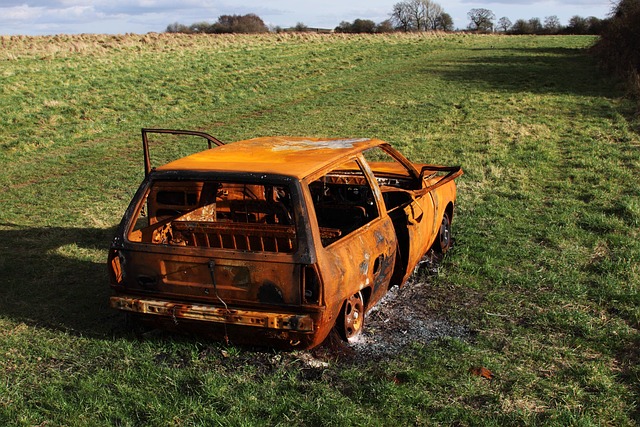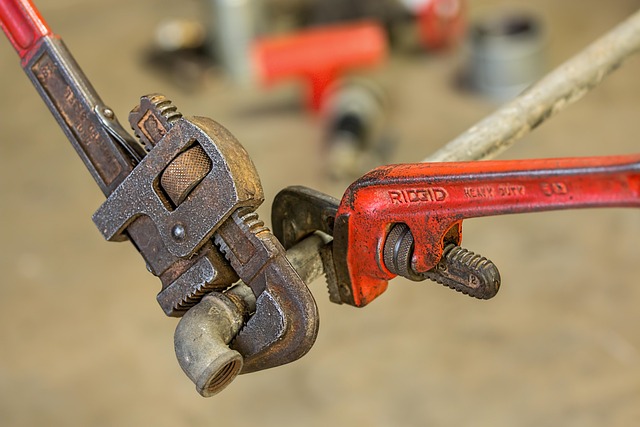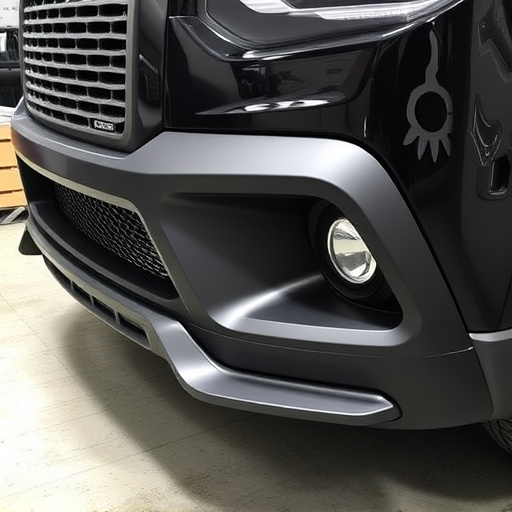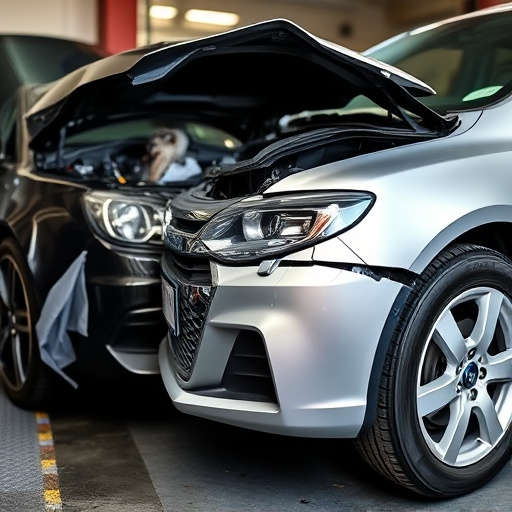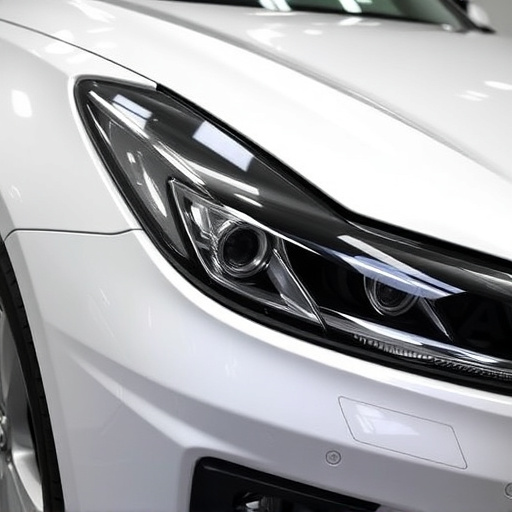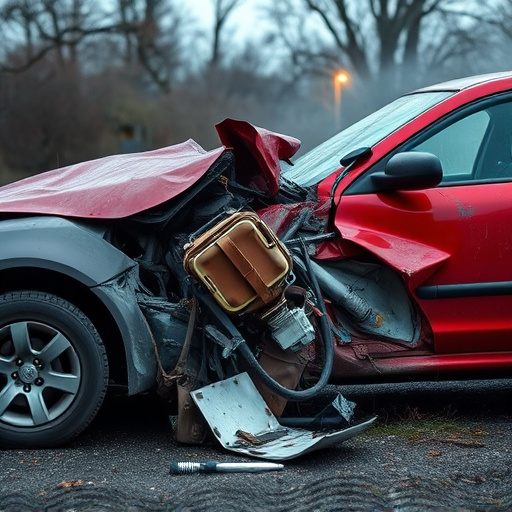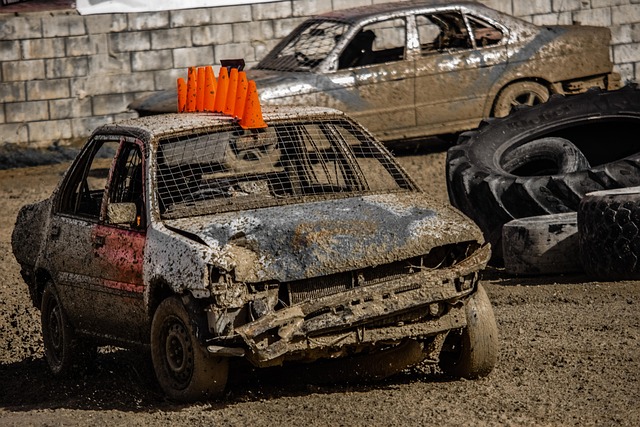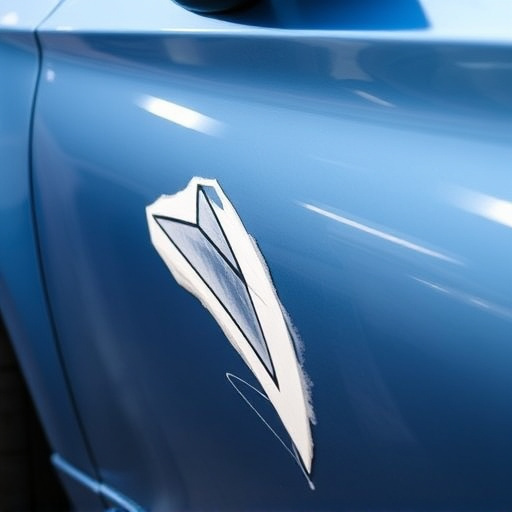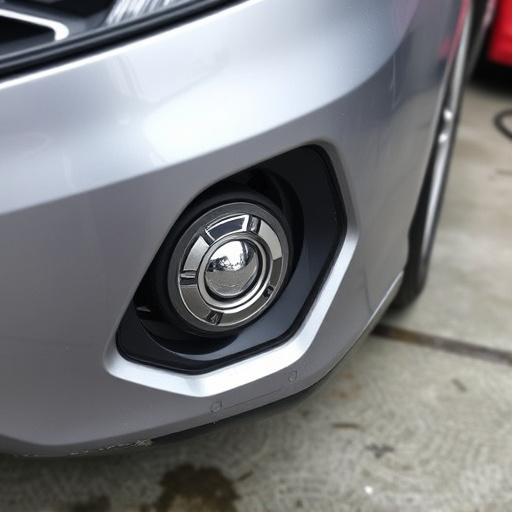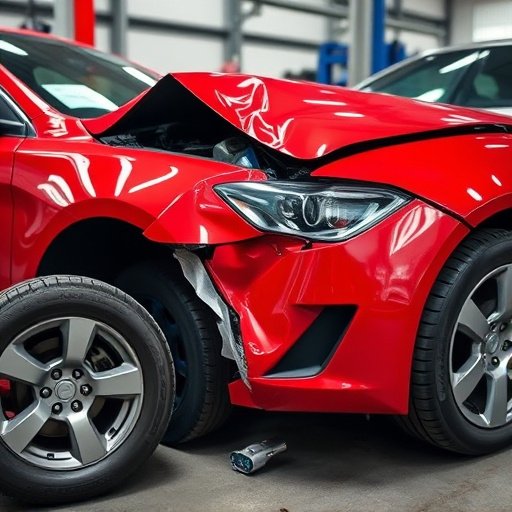Water-based auto paint is an eco-friendly alternative to solvent-based paints, offering health benefits, superior coverage, and quick drying time. For a successful transition, car prep includes washing, inspecting, and repairing the surface. Apply an undercoat, then use proper techniques with high-quality tools for even application. Thin coats at a consistent distance ensure durability and a professional finish.
Upgrading to water-based auto paint is an easy and effective way to enhance your car’s finish while reducing environmental impact. This eco-friendly alternative offers numerous benefits, including faster drying times, lower odor, and easier cleanup compared to traditional solvent-based paints. In this article, we’ll guide you through understanding the advantages of water-based auto paint, preparing your car for a smooth transition, and providing application tips for achieving professional results.
- Understanding Water-Based Auto Paint: Benefits and Advantages
- Prepping Your Car for a Smooth Transition to Water-Based Paint
- Application Tips for Achieving Professional Results with Water-Based Paint
Understanding Water-Based Auto Paint: Benefits and Advantages

Water-based auto paint is a game-changer in the automotive industry, offering a range of benefits that make it an attractive option for both professional collision repair technicians and avid auto enthusiasts engaged in regular auto maintenance. Unlike traditional solvent-based paints, water-based versions utilize water as their primary solvent, which significantly reduces the release of harmful volatile organic compounds (VOCs) into the environment. This eco-friendly approach not only contributes to better air quality but also ensures a healthier working environment for paint technicians.
Moreover, water-based auto paint is known for its superior covering power and fast drying time, allowing for quicker turnaround times in collision centers. Its ease of application and cleaning up with water make it a more convenient choice, reducing the need for harsh chemicals typically associated with traditional painting methods. This versatility makes water-based paint a top preference for those looking to achieve professional-grade finishes without the usual complexities of auto body repair processes.
Prepping Your Car for a Smooth Transition to Water-Based Paint
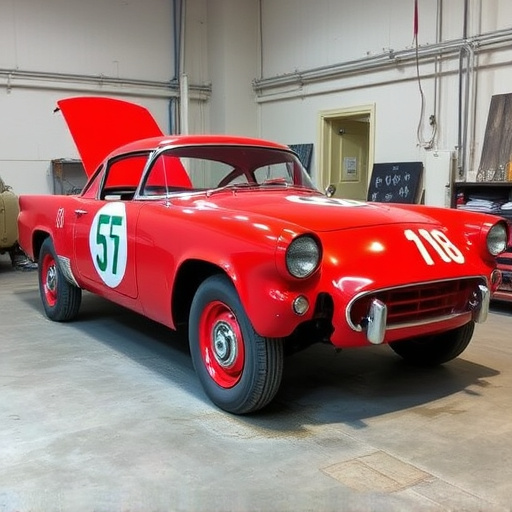
Before transitioning to water-based auto paint, it’s crucial to prep your car for a smooth process. Start by thoroughly washing and inspecting your vehicle to ensure there are no existing issues or damage on the surface. Remove any old or damaged paint, rust, or debris using appropriate tools and techniques recommended for car bodywork. This step is essential as it creates a clean canvas for the new water-based coating.
Next, apply an undercoat or primer specifically designed for water-based paint systems. This layer acts as a bridge between the car’s surface and the new paint, ensuring better adhesion. Following the manufacturer’s guidelines, use a high-quality roller or brush to evenly distribute the undercoat. Proper preparation will not only facilitate the transition but also guarantee a more durable finish in your auto collision center or auto body repair shop.
Application Tips for Achieving Professional Results with Water-Based Paint
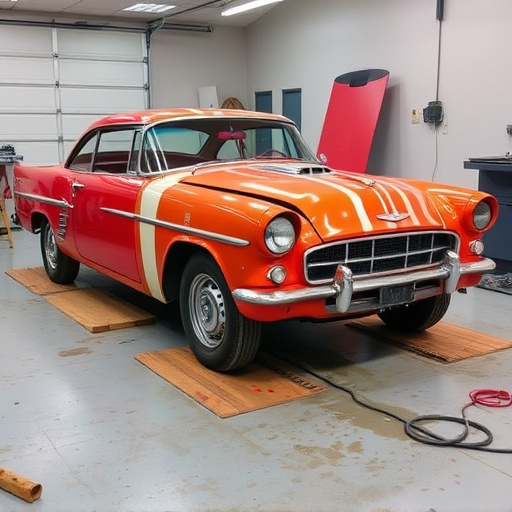
When upgrading to water-based auto paint, achieving professional results requires a few application tips. First, ensure proper preparation of the vehicle’s surface by cleaning and sanding, removing any old paint or debris. This smooth base is crucial for even paint distribution and long-lasting durability. Use fine-grit sandpaper to avoid damaging the underlying material.
Next, choose the right tools for application—a high-quality spray gun with adjustable settings is ideal. Maintain a consistent distance from the surface, usually around 8-12 inches, and use even pressure as you apply the paint. Multiple thin coats are better than one thick one; this helps prevent drips and ensures complete coverage. Allow each coat to dry slightly before applying the next, enhancing adhesion and finish quality. Remember, proper technique in automotive repair services is key to achieving a smooth, professional-looking finish on your vehicle bodywork, whether it’s after collision repair services or routine maintenance.
Upgrading to water-based auto paint is an accessible and rewarding process. By understanding its benefits, preparing your car adequately, and applying the right techniques, you can achieve professional results that enhance your vehicle’s appearance. This eco-friendly alternative offers advantages in terms of ease of use, reduced fumes, and faster drying times. Embrace this game-changing option for a smoother, more sustainable automotive experience.

